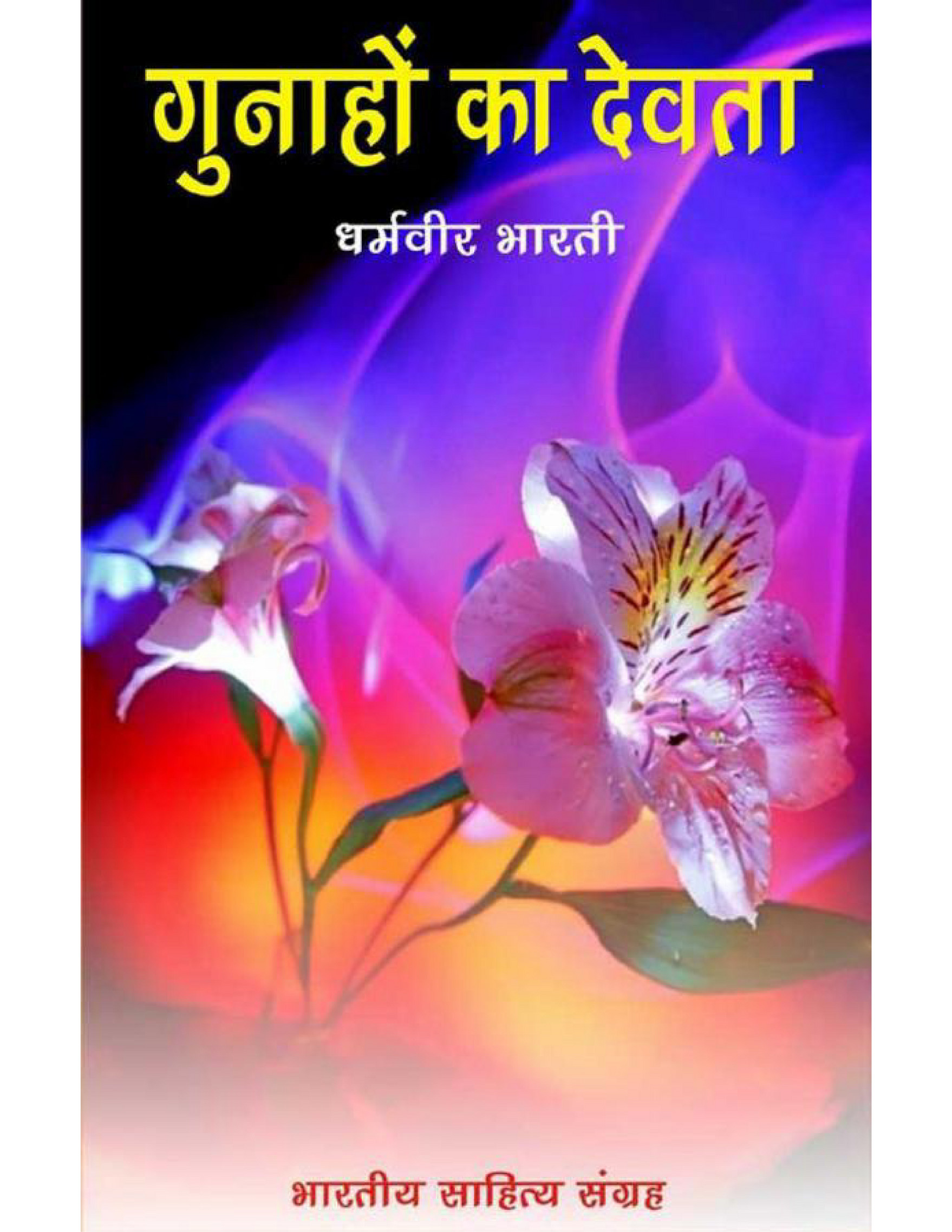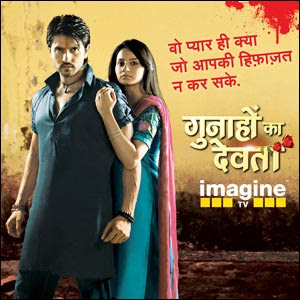
in all this, if you still find that the novel espouses a traditional, conservative morality for women, then you must look at the fate of Sudha, that champion of the self-sacrificing, hindu woman and all doubts about the author’s regressive attitudes to woman would stand challenged. gesu picks up her life’s pieces and stands for herself, asserting her choice to never get married and work to earn a living, while binti’life is saved by the educaton she has recieved and the open-mindedness of dr sahab. if anything, he shows how the flaky puritanism of the chander leads to the devastation of all lives. Pammi is never shown as the vamp, as the author never attempts to malign the carnal, physical aspects of love.

when he shows sudha as a pure soul,he not only attempts to critique the system which forces upon her this unfair, redundant “purity” but also challenges Chander’s notions of pure, sacrificing, self-effacing womanhood. however, the greatest achievement of the author is his refusal to succumb to these restrictive boundaries and gendered notions. – you accuse the novel for being regressive and adhering to the gender norms of the society. without a proper preamble, they would have remained mere shadows of their selves, never fully becoming real for the reader. however, it is these very nuanced views and representations that make the characters multi-dimensional, rounded in the best sense of the word. – you say that the conversations, inspired by every day life, do not provide any insight about the characters and work to slow down the pace of the plot. your extremely one-dimensional view of the novel compels me to out forth my point of view, however unwarranted it may be. firstly, you must be congratulated for systematically dissing, however unsuccessfully, one of the best works of hindi literature. Searching for a novel analysis of “Gunahon Ka Devta” i stumbled across this blog entry. The protagonists’ actions are not substantiated through any deliberation on underlying thought processes, and in its absence the story appears flimsy and the plot seems less credible. Instead, the book relies on incidents and events and at times even letters between the characters to move the story forward. The narrator does not delve into internal conflicts or raise pertinent questions on love and lust which lie at the core of this novel.

In spite of his misdemeanours (gunah) which involve physical relations with Pummy, Sudha’s reverence for Chander, her devta (God), does not diminish. On the other hand, the male protagonist, Chander, is a self-involved and indifferent young man. Even for the other female characters in the book including Sudha’s cousin Binti or her friend Gesu, misery and rejection seem to be a pre-requisite for chastity and honour. The female protagonist, Sudha, is portrayed as a suffering and sacrificing virtuous woman and the independent Anglo-Indian woman, Pummy, is depicted as an incorrigible vamp. The book’s mass popularity among young men in the small-towns of the Hindi heartland can also be attributed to its rather regressive gender and racial stereotyping. Though responsible for the book’s widespread appeal, this minutiae, nonetheless, slow down the story and make the narrative seem superficial. Whether it is the conversation between young girls on love and life as they lie on the grass gazing at the clouds, or the platonic interaction between the two main characters, the ordinariness of daily life is captured in detail and with an unpretentious simplicity. The dialogues written in everyday spoken Hindi capture the nuances of social and personal relationships of young people in pre-independence Allahabad where the story is set. In contrast to his historical play Andha Yug which depicts the gloom and destruction during the last few days of the Mahabharat, and his highly acclaimed novella Sooraj ka Satvan Ghoda known for its abstract theme and unique narration, Gunahon ka Devta is a sentimental love story written in an easy conversational style. Still in print sixty years after it was published, this all-time best-seller is clearly the author’s least profound work.


In the note introducing the new edition of this novel, Dharamvir Bharati expressed his surprise at the book’s immense popularity in spite of what he calls its artistic unsophistication, “ kalatamak aparipakvata”.


 0 kommentar(er)
0 kommentar(er)
